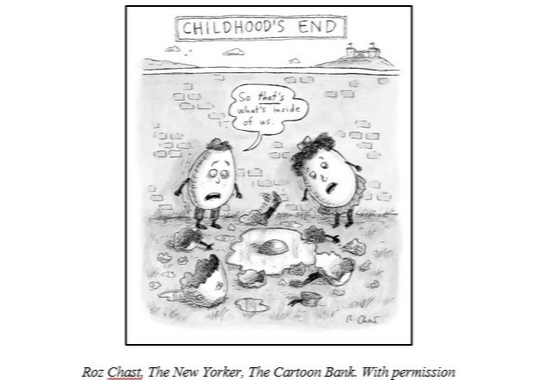Author|Michael Farmer
Source: www.mediavillage.com, January 2022
This is not an industry where you can “fake it until you make it,” with the promise of a big payday if you can just get through a difficult phase. It’s exactly the opposite. The big payday was in the past, when media commissions made agencies rich in the ’60s, ’70s and ’80s. It’s now an industry that wonders how long it can hang on before commodity fees and overwork finally drive out its talent. That day is getting closer.
The ad industry, which so admirably mastered the technical complexities of digital and social media, is threatened by its deteriorating business economics. The business model is broken. Marketing executives (CMOs and Indirect Procurement) and agency CEOs need to radically redesign how they do business with one another.
Shareholder value is a major force behind the broken business model. Senior advertiser and agency executives obsess about maintaining or driving up share prices by “making their numbers,” whatever the circumstances.
- Advertisers. Top 50 advertiser revenues were moribund between 2009 and 2019 — they never really recovered from the financial crisis. Twenty of the top 50 advertisers actually showed declining revenues during the pre-COVID decade. Nevertheless, advertiser share prices tripled. How? Finance raised dividends and executed share buy-backs, and procurement unleashed cost-cutting programs, especially in media and for agency fees, to maintain or enhance margins. Agencies suffered from these cuts.
- Agencies. The holding company agencies, mindful of their own share price pressures, downsized and maintained low salaries in response to procurement-led fee reductions. Their own revenues were stagnant during the 2009-2019 decade, but they used the same financial-engineering tricks as their clients. Their share prices tripled between 2009 and 2016, but they could not keep it going, so they continued to downsize at an accelerated rate when their share prices declined. COVID-19 cuts made this even worse.
- Scopes of Work. Independent of fee reductions, client scopes of work were increased and fragmented among media channels — in the belief that “more creative efforts across a larger number of channels” might lead to “more sales.” Agencies responded by agreeing to the work and over-burning their reduced staffs. Unfortunately, this SOW strategy did not deliver the goods, and it created a genuine employee retention problem.
Solving the Brand Growth Problem
If brand growth remains stagnant, then counterproductive “shareholder value” actions will always be taken, undermining the fragile business foundation of client-agency relationships.
Agency CEOs need to take initiatives to reposition their services and capabilities. “We help clients restore growth through the effective use of media, creativity and analytics” needs to become the stated agency mission. The pursuit of “pure creativity” is not enough. Pure creativity has not delivered improved brand performance. (Just ask Burger King about its award-winning but ineffective Moldy Whopper campaign!)
- Partnerships. Clients and agencies need to become partners again. Agencies should take the lead in proposing how this can happen. They need to commit to becoming proactive solution-providers rather than service-oriented vendors, and to develop the required skills and expertise. CMOs and procurement should listen and embrace this initiative.
- Scopes of Work. Agencies need to develop and recommend scopes of work that have a high probability of improving brand sales performance. This is part of the partnership pledge. Client-developed scopes of work have not worked. It takes a partnership to identify and settle on the right programs.
- Remuneration. Remuneration needs to be based on the quantity and nature of the agreed work — along with the results achieved. The labor-based model needs to be abandoned, and the “benchmarking” consulting firms, who have helped to drive down fees, permanently benched. Changes in remuneration will require robust SOW documentation, workload measurement and well-meaning negotiations by agencies and their clients.
There is hardly a dimension of the client-agency relationship that does not need to be overhauled if “improved growth” becomes the objective of the working relationship. There is hardly a dimension of the agency culture, too, that does not need to be reviewed and transformed under CEO leadership.
The hard part, as with all journeys, is taking the first step. Once taken, though, the necessary transformation programs begin to write themselves.
Click the social buttons to share this content with your friends and colleagues.
The opinions and points of view expressed in this content are exclusively the views of the author and/or subject(s) and do not necessarily represent the views of MediaVillage.com/MyersBizNet, Inc. management or associated writers.

